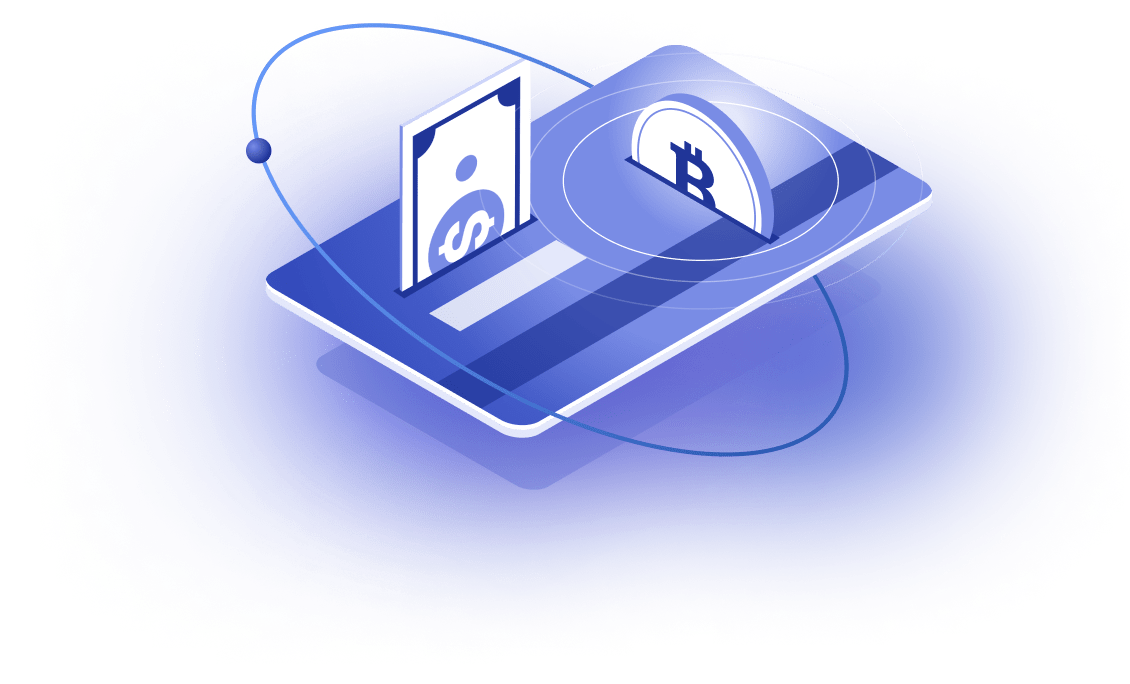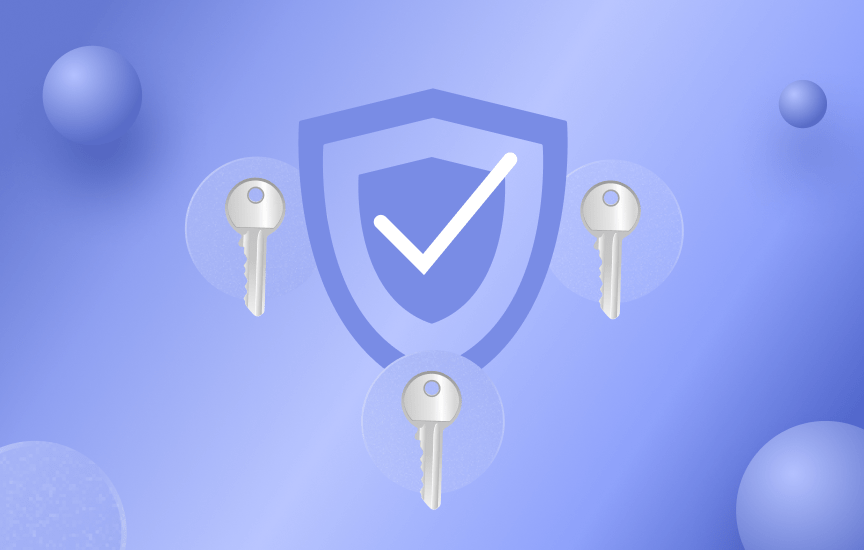We will only use your email to deliver news and updates. For more information, please see our Privacy Policy.
MultiSignature Wallet
Easily choose how to manage your Bitcoin or Ethereum, add extra security and require multiple addresses to confirm transactions

What is a Multi-Signature Wallet?
A Multisig Wallet is a type of digital wallet that uses multisignature addresses. This means that a crypto transaction requires more than one private key to sign and authorize, or that several different keys can be used to generate a signature in some cases.
What Are Multisig Wallets Used For?
A multi-sig wallet is designed to reduce the possibility of a single point of failure, whether two, three, four or more signatures are required. The cryptocurrency network creates a transaction whenever a user transfers funds from his or her wallet. By digitally signing on this transaction, the user authorizes the network to handle their funds and deliver the amount to the intended address. Some wallets require only one signature for authorization, while others require multiple signatures from multiple users or co-owners.
How to create a Multisig Wallet for Bitcoin or Ethereum?
It is quite simple and convenient to create a multisig wallet on
Guarda. To create Multisig, the data of the main wallets are used
(public key for BTC, public address for ETH).
Currencies
supporting Multisig in Guarda:
- Bitcoin
- Ethereum
To create a Multisig wallet you need to follow a few steps:
- Open your Guarda Wallet (or create a wallet in case you don’t have it)
- Open the Wallets tab and enter “Bitcoin” or “Ethereum”
- Сhoose Bitcoin or Ethereum multisig wallet
- Create a multisignature wallet (select a minimum signatures to spend, enter the participants and publish your multisig wallet)
Pros and Cons of multisig wallets
| Pros | Cons |
|---|---|
|
Safety A multi-signature wallet alleviates the security concerns associated with a single private key mechanism. |
Recovery process The recovery process in a multi-signature wallet is time-consuming. |
|
No dependency on one device A crypto user, for instance, can keep one private key on his or her mobile phone and the other on his or her desktop or laptop computer. |
Extra knowledge Setting up a multi-signature wallet is more difficult than setting up a single-signature wallet. |
|
Ideal to use as an escrow account It can function as an account in which one party keeps their funds for the other party to see and withdraw only after the other party has delivered the goods or services that were promised. |
Lack of a third-party custodian It is difficult to search for legal recourse if something goes wrong |
|
Two-factor authentication (2FA) Since users can store private keys on multiple devices, multi-sig can also be used as a form of two-factor authentication (2FA). |
Transaction Speed Since a multisig wallet requires another party, device, or location to access the wallet to authorize a transaction, it is often slower than single-sig |
When the benefits and drawbacks are considered, it is reasonable to conclude that, despite a few drawbacks, multi-signature wallets are a much more credible and secure alternative for managing crypto funds.
Ultimate Crypto Management
Buy Crypto



Safe and Simple way to buy crypto with debit/credit card or a SEPA transfer directly in your wallet.

Exchange Crypto
Instantly exchange Bitcoin and other cryptocurrencies and tokens without registrations, limits, or verification approvals.

Send Crypto
Easily manage you crypto online and send it to anyone and anywhere with their address.

Stake & Earn
Get passive income with massive APY on top of your holdings by staking coins that you have in your Guarda Wallet.

How does it work?
A multisig wallet is different from other wallets since it is subordinate to several regular wallets (of the same currency), and confirmations of outgoing transactions require a confirmation from several wallet owners.
If a co-owner A wants to transfer funds in a 2-2 multi-signature bitcoin wallet, the wallet creates a transaction that is first signed by co-owner A. The fund will remain in the wallet until the other co-owner signs the same transaction. The wallet broadcasts the transaction to the network and finally transfers the funds after co-owner B signs it.
The logic of multi-signature Bitcoin or Ethereum wallets works in such a way that the transaction proposal remains valid in the wallet until the second co-owner signs the transaction. It has no time limit. The co-owner has no time limit to sign. In addition, there is no hierarchy among the two co-owners involved in the transaction. Any of the co-owners can initiate the transaction, and all of the other co-owners can sign and approve it at any time.
For a 2-3 multi-signature wallet, the procedure is slightly different. In this case, any of the co-owners can initiate a transaction, and any of the two remaining co-owners can sign the transaction to complete the approval.

What is Multisig / Multisignature Wallet?
At the beginning of February, following our clients’ continuous demands, Guarda has become the first-ever lightweight wallet to implement multi-signature technology for our Bitcoin wallet. This article will familiarise you with the term “Multisig”, the context behind it and its practical use.
FAQ
1. How do I get a multisig wallet?
Open Guarda Wallet, then find the wallet tab and enter in the search box “Bitcoin” or “Ethereum”. Find a “Bitcoin” or “Ethereum” multisig wallet and create it. Select minimum signatures to spend, enter the participants and publish your multisig wallet.
2. Is multisig necessary?
It is not necessary. However, if you need a more secure way to store your Bitcoin or Ethereum, then a multisignature wallet is your choice.
3. How does BTC multisig work?
If co-owner A wishes to transfer funds in a 2-2 multi-signature bitcoin wallet, the wallet generates a transaction that must be signed by co-owner A first. Until the other co-owner signs the same transaction, the fund will remain in the wallet. After co-owner B signs it, the wallet broadcasts the transaction to the network and finally transfers the funds.